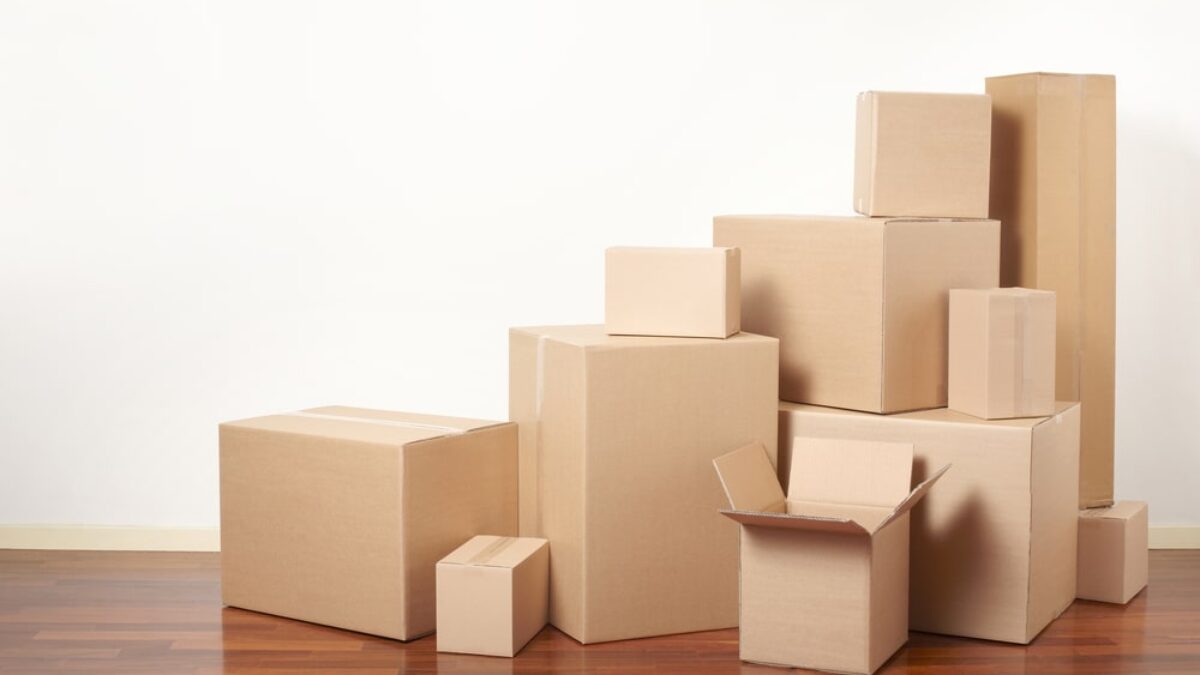Product packaging presentation may make or break a consumer’s first impression of a brand. Packaging is increasingly using “box inserts for packaging.” Knowing how box inserts work may revolutionize your brand, whether it’s new or trying to improve its presentation.
What Are Box Inserts for Packaging?
At their most basic, box inserts are additional pieces placed inside a box to hold, display, or protect the product. They can be crafted from various materials, including foam, cardboard, or plastic, depending on the specific needs of the product. The design and structure of the insert can range from simple partitions to intricate moulds that fit the product precisely.
Benefits of Using Box Inserts
- Enhanced Product Protection: One of the primary advantages of box inserts is the added layer of protection they provide. By ensuring that the product stays in place, they reduce the potential of damage during transit. For fragile or luxury items, such as glassware or electronics, this additional protection is invaluable.
- Improved Presentation: A well-designed box insert can elevate the unboxing experience. When consumers open a package and find the product neatly displayed, it enhances their perception of the brand and the value of the purchase. Such meticulous presentation can turn ordinary products into giftable items.
- Space Optimization: Box inserts can help brands efficiently use the available space within the packaging. This is especially beneficial for products with multiple components, as each piece can have its designated spot, ensuring a tidy and organized look.
- Promotes Branding: Beyond functionality, box inserts can be customized to align with a brand’s aesthetic and message. Through the use of colors, logos, and specific designs, these inserts become a part of the brand’s storytelling, conveying messages of luxury, eco-friendliness, or innovation, for instance.
Types of Box Inserts
- Foam Inserts: These are popular for electronics, jewelry, and other delicate items. They cushion the product, ensuring minimal movement and potential damage.
- Cardboard Partitions: Commonly seen in wine or liquor boxes, these dividers separate individual items, preventing them from knocking into one another.
- Plastic Trays: Often used in cosmetics or tech products, these trays can be molded to the shape of the product, holding it securely.
- Molded Pulp Inserts: Made from recycled materials, these are a sustainable choice for brands looking to minimize their environmental footprint.
Considerations When Choosing Box Inserts
- Product Needs: Evaluate the fragility and size of your product. A heavy, sturdy item might not need the same type of insert as a delicate, handcrafted item.
- Cost: While inserts add value, they also add to the packaging cost. Balance the need for protection and presentation with budget constraints.
- Sustainability: With growing consumer awareness about environmental issues, opting for eco-friendly box inserts can be a selling point for your brand.
- Customization: Consider if you want the inserts to be plain or branded. Customized inserts can be a great way to further promote your brand, but they also come at a higher cost.
Final Thoughts
Box inserts for packaging are more than just functional pieces; they’re an opportunity to elevate the entire consumer experience. From protection to presentation, they play a pivotal role in how a brand is perceived, making them a worthwhile investment for businesses aiming to stand out in today’s competitive market.
In a world where every brand is vying for consumer attention, it’s the small details like box inserts that can set a product apart. By considering the type of insert, its material, and its design, brands can offer consumers an experience that’s memorable, shareable, and most importantly, indicative of the product’s quality and the brand’s values




